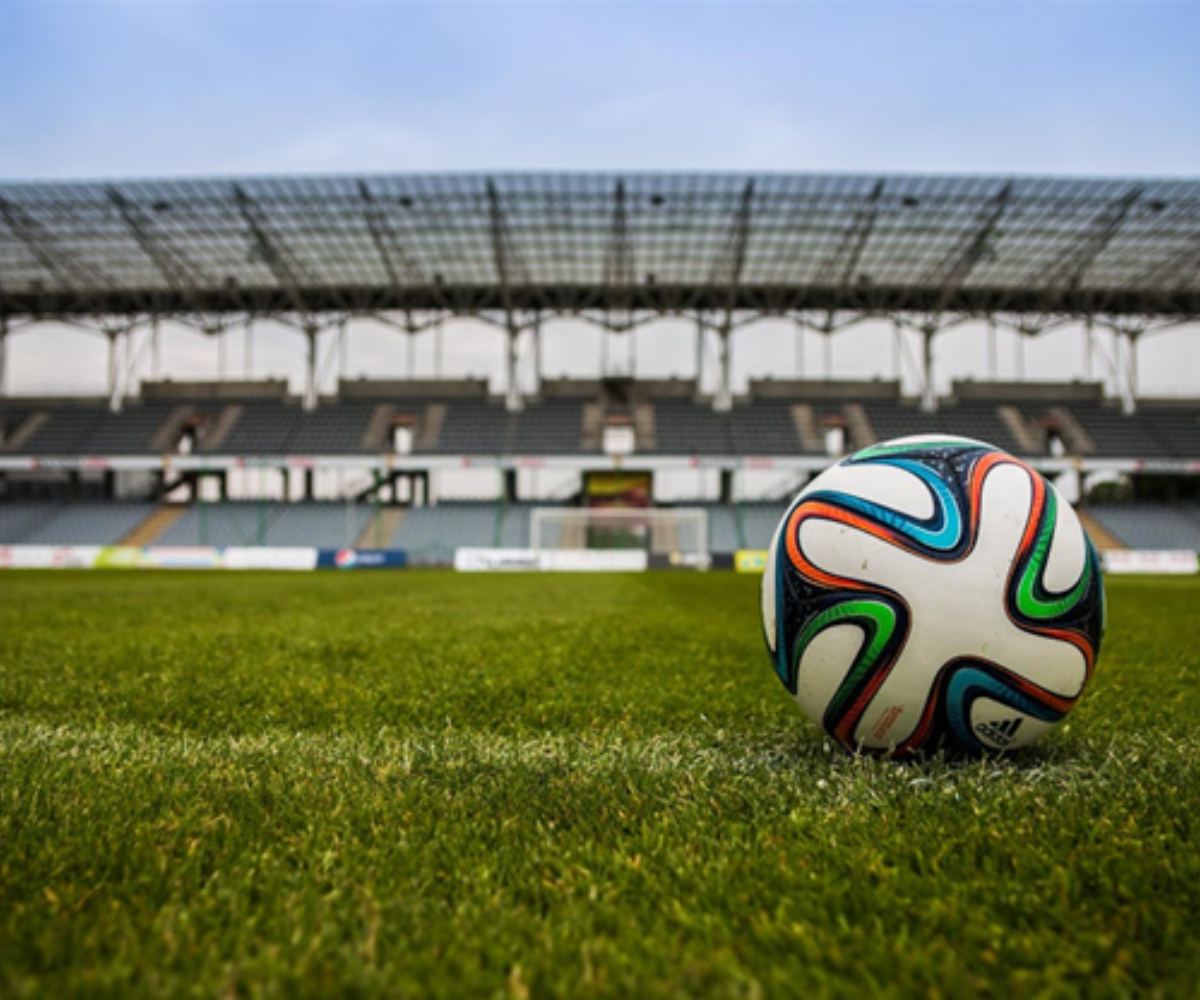Running Faster with Shorter Strides
To run faster and more efficiently, adjusting your stride length can be highly effective. Contrary to the idea that longer strides are always better, shorter, faster strides—increasing your running cadence—can lead to improved performance and reduced injury risk.
Understanding Stride Length and Cadence
- Cadence: Cadence refers to the number of steps you take per minute.
- Stride Length: Stride length is the distance you cover with each step.
- Both cadence and stride length affect a runner's speed.
The Benefits of Shorter Strides
- Reduced Overstriding: Shorter strides help prevent overstriding, where your foot lands too far in front of your body. Overstriding acts like a brake, slowing you down and increasing stress on your shins and knees.
- Improved Efficiency: Shorter strides can reduce the amount of time your feet spend on the ground, decreasing friction and energy wastage, resulting in more efficient running.
- Better Form: Shorter strides facilitate landing your foot closer to your hips, which allows your body to use its elasticity for a better lift-off.
- Injury Prevention: By reducing overstriding and promoting a more natural foot strike, shorter strides can help prevent common running injuries.
Read: HIIT workouts for running speed
How to Implement Shorter Strides
- Increase Cadence: Focus on increasing the number of steps you take per minute. Beginner runners often have a cadence between 160-170 steps per minute, while experienced runners aim for around 180 steps per minute.
- Running Drills: Running strides can help you work on running mechanics and excellent form in short bursts.
- Focus on Form: Pay attention to where your feet land in relation to your body. Aim for your foot to land beneath a flexing knee, close to your center of mass.
- Avoid Over Reliance on Stride Length: Don't depend on a low-swung stride to achieve ground coverage because the only way you're able to achieve the ground coverage needed to maintain a steady pace is to let the lower leg swing forward and put you in a position where your heel strikes the ground ahead of a relatively extended knee which causes over striding.
- Practice: Implement changes gradually and consistently. Over time, shorter strides and a higher cadence will feel more natural and improve your running speed and efficiency.
Addressing Overstriding
- Foot Placement: Overstriding is about where your feet land in relation to the rest of your body.
- Technique: Reduce over-stride by learning to land with your foot as close to under your hips as possible.
By focusing on shorter strides and increasing your cadence, you can improve your running form, reduce your risk of injury, and ultimately run faster.
Read: How to improve 5k time







%20(1200%20%C3%97%20232%20px)%20(9).png)








.png)

